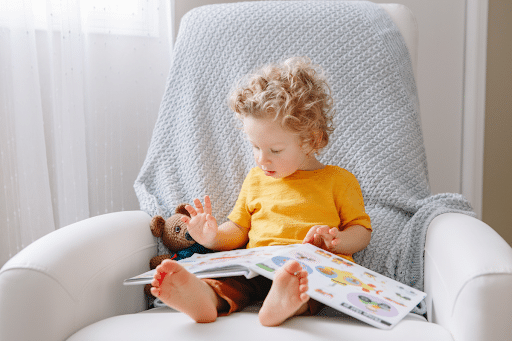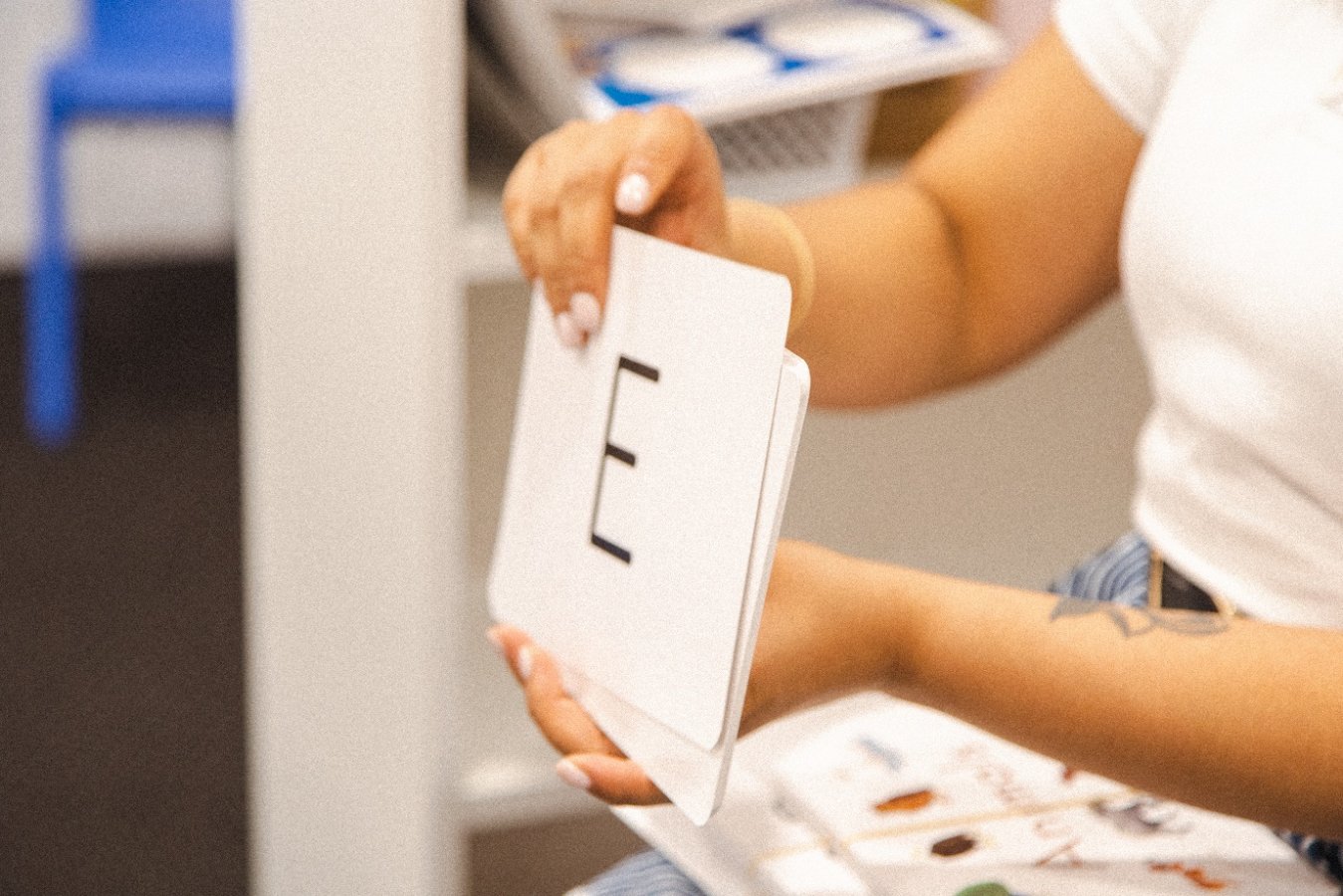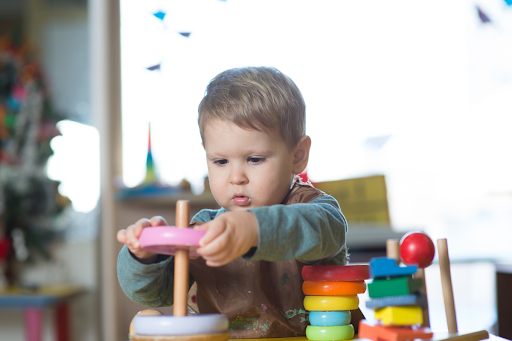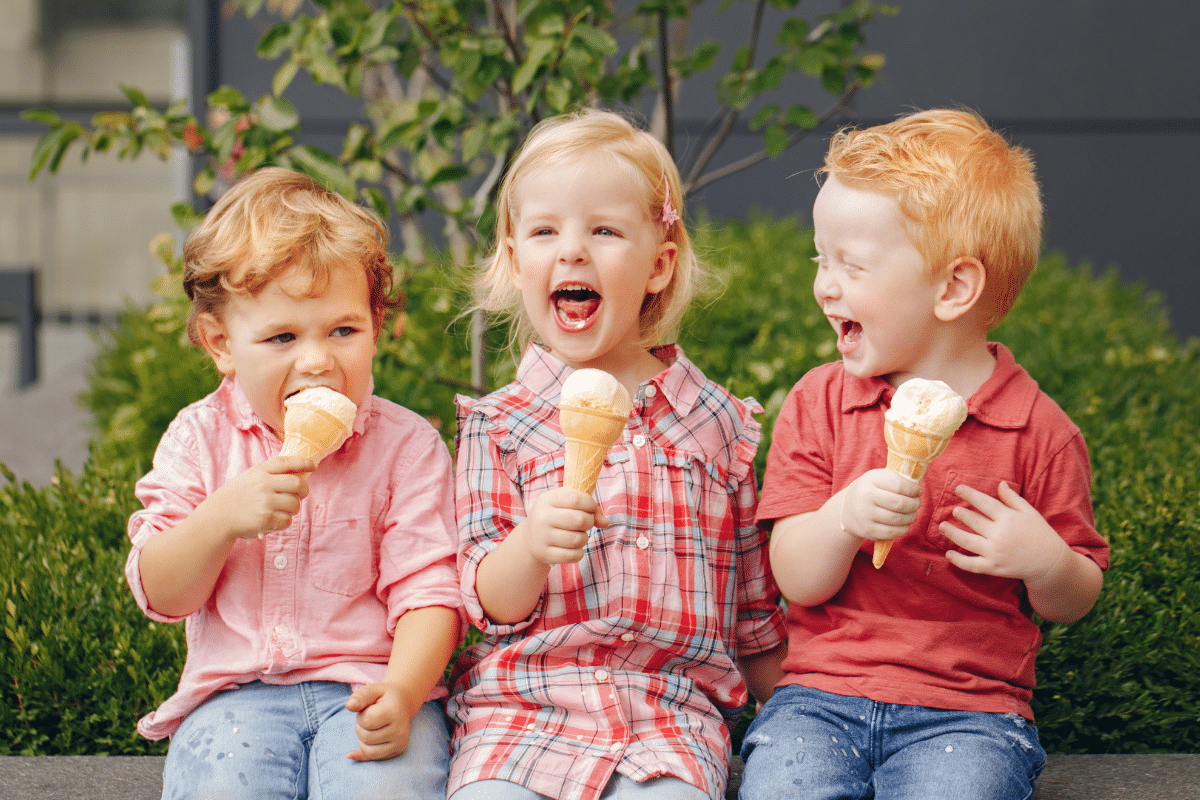
The Power of Positivity: How To Teach Kids Positive Emotions
Helping children cultivate positive emotions is one of the most important gifts we can give them. From boosting their resilience to enhancing their relationships, learning how to identify, express, and manage emotions like joy, gratitude, and hope is essential for a child’s wellbeing. Positive emotions aren’t just about feeling happy all the time—they help children navigate life’s ups and downs and build confidence in their ability to cope with challenges.
Table of Contents
Teaching children positive emotions is a lifelong process, but the impact is immeasurable. In this guide, we’ll explore the importance of positive emotions, actionable ways to teach them to your kids, and how Shichida’s proven approach can help nurture emotional growth.
Helping Kids Thrive: The Role of Positive Emotions
Positive emotions are the feelings that uplift us and bring joy, satisfaction, or a sense of peace. These include emotions like happiness, gratitude, pride, and excitement. Positive emotions are not only pleasant to experience but are essential for personal growth and development.
When children are taught to embrace positive emotions, they become better equipped to handle stress, form healthy relationships, and develop an optimistic outlook on life. These emotions also lay the foundation for resilience—the ability to bounce back from challenges—and help children approach life’s difficulties with a constructive mindset.
For example, learning how to identify gratitude in everyday situations helps children develop a sense of appreciation for the good things in their lives, making them more adaptable and emotionally stable in the face of setbacks.
The Benefits of Teaching a Positive Mindset
Focusing on positive emotions shapes a child’s development and prepares them for a brighter future. A positive mindset is linked to:
Building Strong Relationships
Teaching children to express positivity helps them connect deeply with others. Understanding their own feelings makes it easier to empathise and communicate, building trust and stronger friendships.
Navigating Social Dynamics
Positive emotional skills give children confidence in social situations. They’re more likely to share, cooperate, and resolve conflicts calmly, leading to smoother interactions with peers.
Building Resilience
Teaching kids to focus on optimism helps them bounce back from setbacks. Positive emotions like hope empower them to approach challenges with persistence and problem-solving.
Improving Communication
Helping kids identify and express feelings like joy or pride reduces misunderstandings and emotional outbursts. Tools like emotion charts make it easier for kids to put their feelings into words.
Managing Stress
Teaching positivity gives kids ways to handle stress. Activities like drawing or deep breathing can help them focus on what brings them joy, providing emotional balance during tough moments.
Lifelong Emotional Health
Learning to embrace gratitude, joy, and optimism builds emotional habits that last into adulthood, promoting mental wellbeing and resilience.
How Play Encourages Positive Emotions in Kids
Play is a natural and effective way to help children express positive emotions. Through play, children explore and make sense of their feelings in a safe, non-judgmental environment. Here’s how different types of play can encourage positive emotional growth:
Dramatic Play (Pretend Play)
Pretend play allows children to act out various roles and emotions, which helps them understand the feelings of others. It’s also a fun way to explore positive emotions like joy, kindness, and excitement.
Example: A child pretending to be a teacher might express pride and joy as they teach their toys, helping them understand how it feels to share knowledge and support others.
Creative Play (Art and Crafts)
Creative activities like drawing, painting, and crafting offer children a way to express their positive emotions visually. These activities allow kids to connect their emotions with actions, reinforcing their ability to recognise and appreciate their feelings.
Example: Using a positive emotions chart, a child might create a painting that represents happiness or pride, helping them express emotions nonverbally.
Physical Play (Movement and Exercise)
Physical activities like dancing, yoga, or outdoor play provide an outlet for emotional energy. They teach kids how to channel emotions like excitement or joy into positive physical expression.
Example: Playing a game of “freeze dance” allows children to have fun while practising mindfulness and self-regulation.
Game-Based Play (Board Games and Puzzles)
Games teach children patience, taking turns, and handling both victory and defeat. Playing games like memory matching with emotion cards helps kids understand positive emotions like joy, pride, and contentment, while also teaching empathy and cooperation.

Bringing Emotional Expression Into Everyday Moments
Teaching children about positive emotions doesn’t have to feel like a chore or a lesson. It’s something that can be naturally woven into everyday activities and conversations. By creating opportunities for kids to recognise, express, and celebrate their feelings, parents and educators can make emotional learning a regular part of life.
Start the Day on a Positive Note
Begin the morning with a simple question like, “What are you excited about today?”. This helps children focus on optimism and sets a cheerful tone for the day. A gratitude journal or a daily “positivity board” can also help kids reflect on and acknowledge good moments.
Use Everyday Wins to Teach Positivity
Encourage children to celebrate their successes, big or small. Whether it’s completing a tricky puzzle or learning to tie their shoelaces, take time to praise their effort. Positive reinforcement nurtures confidence and helps kids associate hard work with good feelings.
Create Emotional Rituals
Simple rituals, like sharing a “best part of your day” at dinner, help kids reflect on moments of happiness. Over time, this practice teaches them to identify and appreciate the positive emotions they experience, encouraging emotional awareness.
Model Positivity
Children learn by watching adults. Demonstrate positive emotions through your own actions and words. Express gratitude openly, laugh at small joys, or show excitement for upcoming activities. When children see positivity in action, they’re more likely to adopt the same behaviours.
By infusing positivity into ordinary routines, children can build a natural and lasting connection with their emotions, creating a strong foundation for emotional resilience and happiness.
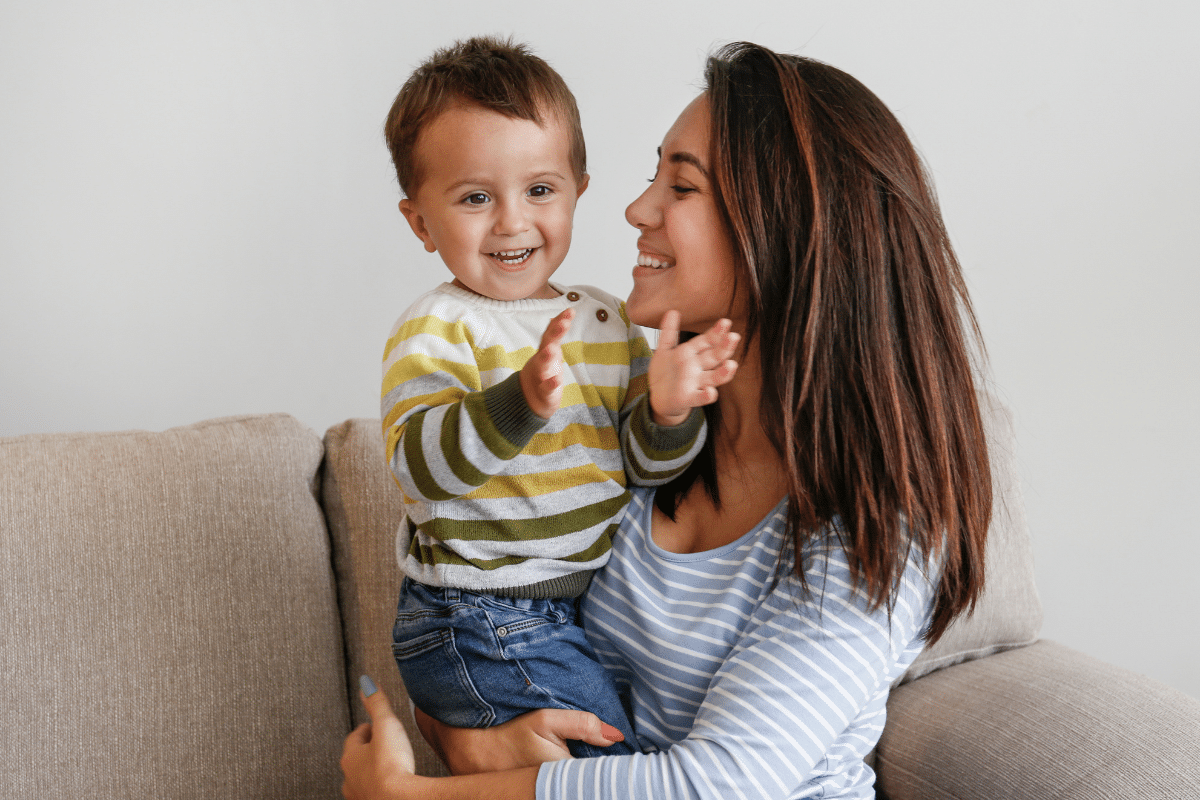
Shichida’s Approach to Nurturing a Positive Mindset
At Shichida, we understand that emotional health is just as important as academic achievement. Our approach blends emotional regulation techniques with cognitive development to nurture well-rounded, emotionally intelligent children.
Mindfulness Practices: We integrate age-appropriate mindfulness exercises that help children calm their minds, build self-awareness, and regulate their emotions.
Creative Expression: Through activities like storytelling, drawing, and music, Shichida provides children with the tools and vocabulary to express positive emotions and build resilience.
Social-Emotional Learning: Shichida’s curriculum promotes empathy and cooperation, helping children navigate social dynamics with confidence.
Through our innovative approach, children learn to embrace positive emotions, face challenges with resilience, and develop the emotional intelligence needed to thrive in all aspects of life. Book a trial class today!
FAQs
- What are some examples of positive emotions for kids?
Positive emotions include happiness, excitement, gratitude, pride, and joy. These emotions help children feel connected, confident, and emotionally resilient. - How can I encourage my child to feel more positive emotions?
You can encourage positivity by modelling emotional expression, creating a positive environment, and using tools like emotion charts for kids to help them identify and express their feelings. - How can Shichida help teach kids positive emotions?
Shichida uses a holistic approach that combines mindfulness, creative expression, and social-emotional learning to help children embrace and regulate positive emotions effectively.
